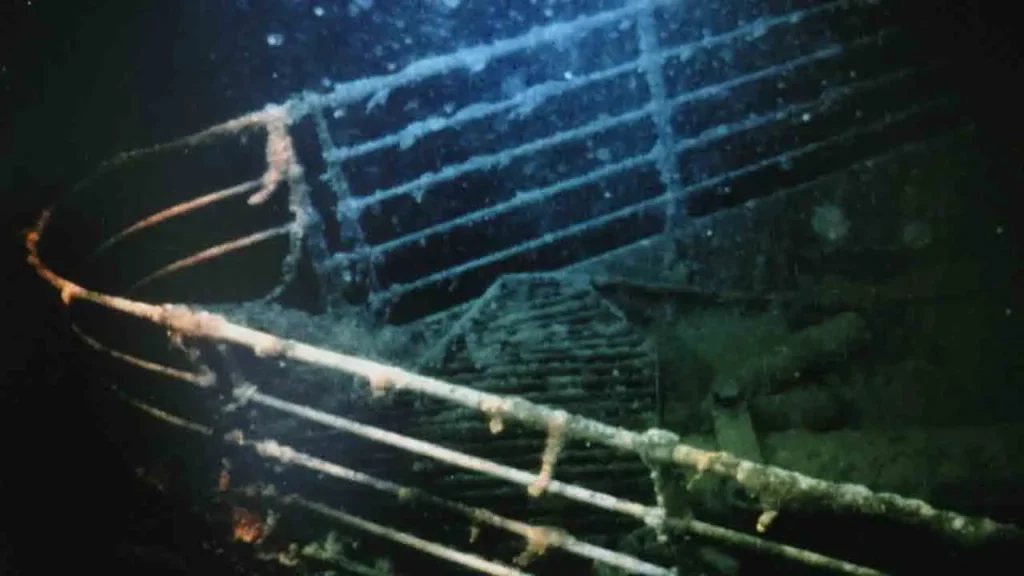On September 1, 1985, the shipwreck of the RMS Titanic was discovered in the North Atlantic, solving a 73-year mystery. The discovery was made during a joint mission between the Woods Hole Oceanographic Institution (WHOI) and the French National Institute of Oceanography (IFREMER) funded by the U.S. Office of Naval Technology. Led by Dr. Robert D. Ballard of WHOI and Jean Louis Michel of IFREMER, the mission aimed to test newly developed underwater imaging systems to locate items on the sea floor. The wreck provided a high-profile backdrop for the mission, which initially narrowed the search area to a 100-square-mile patch of the ocean.
The first phase of the mission began on July 1, 1985, with the French team aboard the French research vessel Le Suroit using a sonar system to comb the ocean floor. While they did not find the Titanic, they ruled out approximately 75% of the search area. The second phase of the mission began on August 15, with the research vessel Knorr embarking on a radical approach to scanning the remaining search field. The team used an imaging tool called “ANGUS” along with a sonar/video camera system named “Argo” to look for any debris that might have come from the Titanic. This strategy paid off when they found one of Titanic’s boilers in the early hours of September 1, 1985.
The Titanic sank in the early hours of April 15, 1912, less than three hours after colliding with an iceberg on a voyage from Southampton, England to New York City. Just over 700 people survived the sinking, with survivors largely divided by class. Poor planning and a lack of maritime regulations contributed to the high death toll, as the Titanic was equipped with only 20 lifeboats for the 2,200 passengers and crew on board. As a response to the tragedy, new safety regulations were adopted for merchant ships, including the requirement for ships to have enough lifeboats for everyone on board. The International Convention for the Safety of Life at Sea (SOLAS) was a treaty held in London from November 1913 to January 1914, outlining these mandatory safety features.
The discovery of the Titanic wreck confirmed anecdotal reports from survivors that the ship had split into two pieces as she sank. The largest ship in the world when she was built, the Titanic’s huge death toll was partly due to the lack of lifeboats and maritime regulations. The survivors of the Titanic were primarily from first-class passengers, with less than a third of third-class passengers surviving the sinking. The tragedy led to improvements in safety regulations for merchant ships, ensuring that future vessels would have enough lifeboats for all passengers and crew.
The Titanic’s sinking and subsequent discovery of its wreck in 1985 have continued to captivate the public over a century later. The finding of the ship confirmed the details of its demise and brought closure to a mystery that had lasted for 73 years. The collaborative efforts of organizations like WHOI and IFREMER, along with advancements in underwater imaging technology, made the discovery possible. The tragedy of the Titanic serves as a reminder of the importance of safety regulations and preparedness in maritime travel, ensuring that future voyages prioritize the safety of all passengers and crew.


